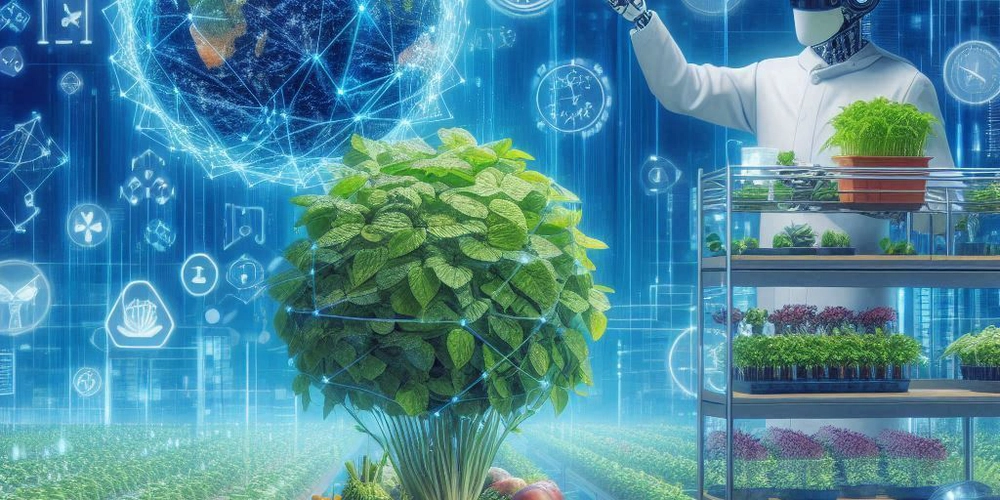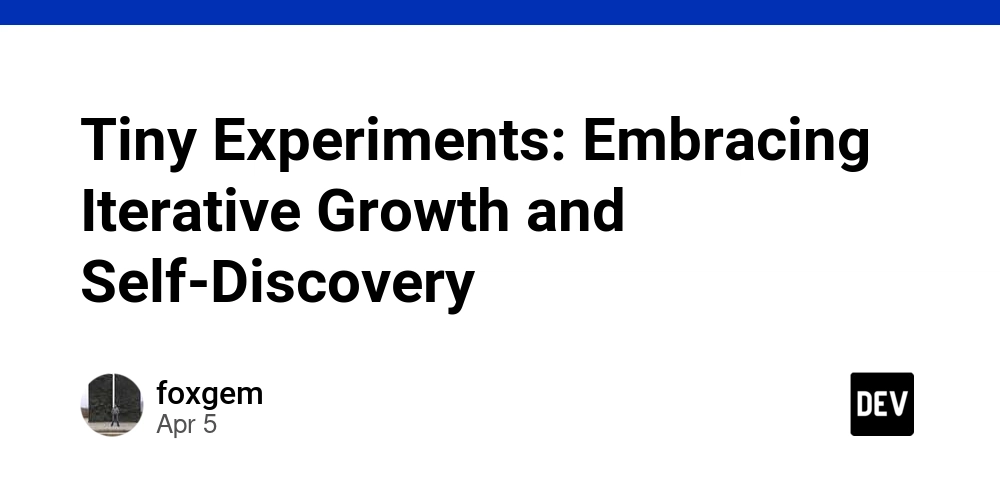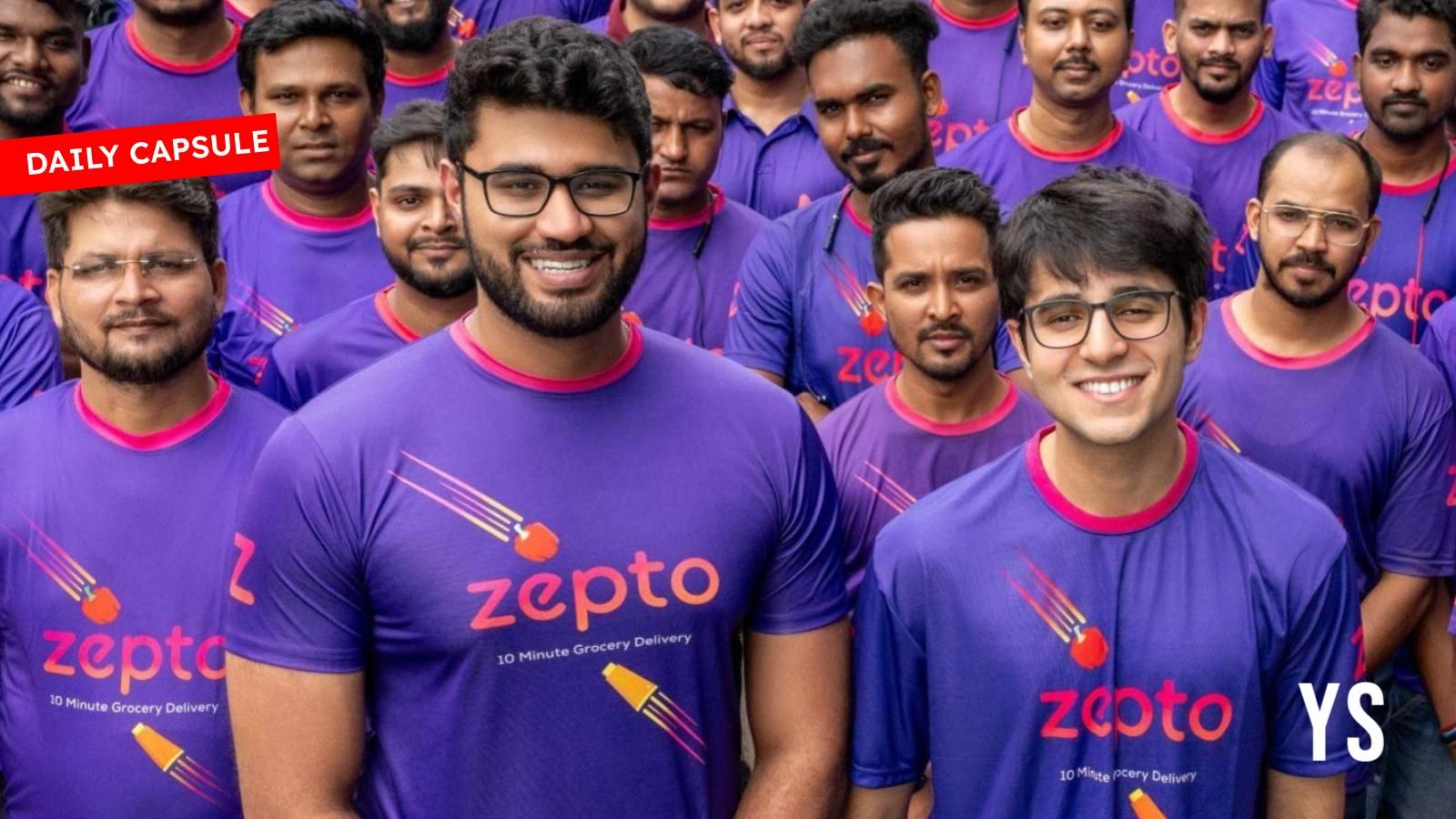Cultivating the Sky: How AI is Transforming Vertical Farming into the Future of Agriculture
As the global population surges toward 10 billion by 2050, traditional agriculture grapples with dwindling arable land, water scarcity, and climate volatility. Enter vertical farming—a method of growing crops in stacked, indoor layers—paired with artificial intelligence (AI), offering a beacon of hope. By merging cutting-edge technology with sustainable practices, AI-optimized vertical farming is redefining how we grow food. This innovative approach promises higher yields, resource efficiency, and year-round production, positioning itself as a cornerstone of future food security. What Is AI-Optimized Vertical Farming? Vertical farming isn’t new, but integrating AI elevates it from a niche concept to a scalable solution. These systems grow plants in controlled environments, using hydroponics or aeroponics to eliminate soil. AI steps in as the "brain," analyzing data from sensors and cameras to optimize every variable: light, temperature, humidity, and nutrients. Machine learning algorithms adapt in real-time, ensuring plants receive precisely what they need at each growth stage. The result? Healthier crops, faster harvests, and minimal waste. Key Technologies Powering Smart Vertical Farms IoT Sensors & Real-Time Monitoring: Thousands of IoT devices track environmental metrics, feeding data to AI systems. For example, Singapore’s Sustenir Agriculture uses sensors to monitor kale and spinach, adjusting LED spectra to boost vitamin content. Machine Learning & Predictive Analytics: AI models predict plant growth patterns and disease risks. Companies like Plenty Unlimited Inc. use these insights to tweak conditions, achieving yields 20-30% higher than traditional farms. Computer Vision & Disease Detection: Cameras scan plants for early signs of stress or pests. AeroFarms employs this tech to detect issues invisible to the human eye, reducing crop loss by up to 25%. Automation & Robotics: From seeding to harvesting, robots handle repetitive tasks. Japan’s Spread Co. operates a fully automated vertical farm, producing 30,000 heads of lettuce daily with minimal human intervention. Benefits of AI-Driven Vertical Farming Sustainability: These farms use up to 95% less water than traditional methods and eliminate pesticides. New York’s Bowery Farming recycles water endlessly, slashing waste. Year-Round Production: Climate-controlled environments enable consistent harvests, regardless of external weather. **Urban Proximity: **Vertical farms in cities reduce transport emissions and ensure fresher produce. Berlin’s Infarm deploys modular farms in grocery stores, cutting food miles to zero. Climate Resilience: By operating indoors, crops are shielded from droughts, floods, and temperature swings. Challenges and Considerations Despite its promise, AI-optimized vertical farming faces hurdles. High startup costs for tech and infrastructure can be prohibitive. Energy consumption, particularly for LEDs, remains a concern—though renewable energy integration is easing this. Additionally, AI models require vast datasets to function effectively, demanding collaboration between agronomists and data scientists. The Future of AI-Driven Vertical Farming The sector is poised for explosive growth, with markets projected to reach $20 billion by 2026. Innovations like solar-powered vertical farms and AI platforms that share cross-continental insights are on the horizon. Startups are also exploring crop diversification beyond leafy greens, with strawberries and tomatoes entering the fold. As AI becomes more accessible, even small-scale farmers could adopt these systems, democratizing high-tech agriculture. Conclusion AI-optimized vertical farming isn’t just a trend—it’s a necessity. By harmonizing technology with ecology, it addresses food security, sustainability, and urbanization challenges head-on. While obstacles remain, the potential to revolutionize agriculture is undeniable. As we look upward, cultivating the sky may well be how we nourish the future.

As the global population surges toward 10 billion by 2050, traditional agriculture grapples with dwindling arable land, water scarcity, and climate volatility. Enter vertical farming—a method of growing crops in stacked, indoor layers—paired with artificial intelligence (AI), offering a beacon of hope. By merging cutting-edge technology with sustainable practices, AI-optimized vertical farming is redefining how we grow food. This innovative approach promises higher yields, resource efficiency, and year-round production, positioning itself as a cornerstone of future food security.
What Is AI-Optimized Vertical Farming?
Vertical farming isn’t new, but integrating AI elevates it from a niche concept to a scalable solution. These systems grow plants in controlled environments, using hydroponics or aeroponics to eliminate soil. AI steps in as the "brain," analyzing data from sensors and cameras to optimize every variable: light, temperature, humidity, and nutrients. Machine learning algorithms adapt in real-time, ensuring plants receive precisely what they need at each growth stage. The result? Healthier crops, faster harvests, and minimal waste.
Key Technologies Powering Smart Vertical Farms
- IoT Sensors & Real-Time Monitoring: Thousands of IoT devices track environmental metrics, feeding data to AI systems. For example, Singapore’s Sustenir Agriculture uses sensors to monitor kale and spinach, adjusting LED spectra to boost vitamin content.
- Machine Learning & Predictive Analytics: AI models predict plant growth patterns and disease risks. Companies like Plenty Unlimited Inc. use these insights to tweak conditions, achieving yields 20-30% higher than traditional farms.
- Computer Vision & Disease Detection: Cameras scan plants for early signs of stress or pests. AeroFarms employs this tech to detect issues invisible to the human eye, reducing crop loss by up to 25%.
- Automation & Robotics: From seeding to harvesting, robots handle repetitive tasks. Japan’s Spread Co. operates a fully automated vertical farm, producing 30,000 heads of lettuce daily with minimal human intervention.
Benefits of AI-Driven Vertical Farming
- Sustainability: These farms use up to 95% less water than traditional methods and eliminate pesticides. New York’s Bowery Farming recycles water endlessly, slashing waste.
- Year-Round Production: Climate-controlled environments enable consistent harvests, regardless of external weather.
- **Urban Proximity: **Vertical farms in cities reduce transport emissions and ensure fresher produce. Berlin’s Infarm deploys modular farms in grocery stores, cutting food miles to zero.
- Climate Resilience: By operating indoors, crops are shielded from droughts, floods, and temperature swings.
Challenges and Considerations
Despite its promise, AI-optimized vertical farming faces hurdles. High startup costs for tech and infrastructure can be prohibitive. Energy consumption, particularly for LEDs, remains a concern—though renewable energy integration is easing this. Additionally, AI models require vast datasets to function effectively, demanding collaboration between agronomists and data scientists.
The Future of AI-Driven Vertical Farming
The sector is poised for explosive growth, with markets projected to reach $20 billion by 2026. Innovations like solar-powered vertical farms and AI platforms that share cross-continental insights are on the horizon. Startups are also exploring crop diversification beyond leafy greens, with strawberries and tomatoes entering the fold. As AI becomes more accessible, even small-scale farmers could adopt these systems, democratizing high-tech agriculture.
Conclusion
AI-optimized vertical farming isn’t just a trend—it’s a necessity. By harmonizing technology with ecology, it addresses food security, sustainability, and urbanization challenges head-on. While obstacles remain, the potential to revolutionize agriculture is undeniable. As we look upward, cultivating the sky may well be how we nourish the future.






















































.jpg)
%20Abstract%20Background%20112024%20SOURCE%20Amazon.jpg)



















































































































![[The AI Show Episode 142]: ChatGPT’s New Image Generator, Studio Ghibli Craze and Backlash, Gemini 2.5, OpenAI Academy, 4o Updates, Vibe Marketing & xAI Acquires X](https://www.marketingaiinstitute.com/hubfs/ep%20142%20cover.png)
































































































































![From drop-out to software architect with Jason Lengstorf [Podcast #167]](https://cdn.hashnode.com/res/hashnode/image/upload/v1743796461357/f3d19cd7-e6f5-4d7c-8bfc-eb974bc8da68.png?#)




































































































.png?#)





.jpg?#)
































_Christophe_Coat_Alamy.jpg?#)










































































































![Rapidus in Talks With Apple as It Accelerates Toward 2nm Chip Production [Report]](https://www.iclarified.com/images/news/96937/96937/96937-640.jpg)










































































































































